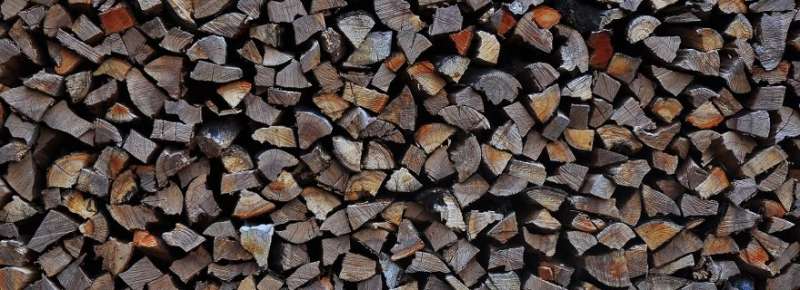Changing enzymes for clean energy and disease prevention

β-glycosidases are enzymes that play many roles in nature. They can play a role in metabolic disorders and can break down tough plant fibers. Fredj Ben Bdira changed these enzymes in order to enhance the production of clean energy and to improve the treatment of patients with metabolic diseases.
Life is built on chemical reactions. These reactions can happen spontaneously, they can however take a really long time. But during their evolution, organisms have come up with powerhouses that let these reactions happen in less than seconds, Ben Bdira explains. These powerhouses are called enzymes. "To break up a sugar polymer spontaneously, for example, can take millions of years. Then the polymer will have been hydrolysed, resulting in smaller molecules. But enzymes can hydrolyse a sugar polymer in a second or less. This is necessary to produce energy and molecules that organisms need for their metabolism, and so it is essential for their survival."
Widespread enzymes
As a Ph.D. candidate at the Leiden Institute of Chemistry, Ben Bdira spent the last four years studying β-glycosidases. These enzymes are widespread and can be found in every living organism. They are involved in different metabolic pathways. In humans, α-glycosidases can be found in saliva and help breaking up starch, found in bread and so on. Glycosidases are also involved in communication between cells. There are also numerous other applications the enzyme can be used for.
Clean energy
In the last decades, as science and technology evolved rapidly, researchers started using β-glycosidases to produce clean energy. "We investigate how we could use fermentationt to transform cellulose, which is extracted from plants, into fuel. To do that, we rely on glycosidases, especially β-glycosidases. With a cocktail of other enzymes, these proteins transform the cellulose into bioethanol. I wanted to know how I could re-engineer them to make them more efficient. This is the topic of my thesis."
Ben Bdira studied xylanase, a type of β-glycosidase that breaks down xylan. "Xylan is a chain of sugar molecules that can be found in plant cell walls. It is a main component of wood and the second most abundant renewable biomass material. The question was how xylanase can handle such a long chain of sugars. By understanding this fundamental aspect, we could efficiently manipulate the enzyme in order to be used under industrial conditions for the production of biofuel. When I manipulated the enzyme, it started to produce a polymer instead of cutting xylan into small pieces. This polymer can be used to make larger molecules for biofuel production."
Metabolic diseases
In the human body, any function or dysfunction of glycosidases could lead to metabolic diseases. Three types of β-glycosidases exist in the human body. If one of them, glucocerebrosidase, is deficient and not active anymore, it causes sugar to accumulate in cells. This could lead to Gaucher's disease, characterized by several symptoms such as bruising, fatigue and anaemia. Most effective treatments for Gaucher's disease are expensive and non-affordable for many patients around the world.
Ben Bdira: "I aimed to understand how glucocerebrosidase functions. We try to figure out how we could increase the stability of the enzymes in patients with Gaucher's disease, thereby leaving the enzymes working longer and better in the cells, breaking off the accumulated sugars. This could lead to an affordable cure for metabolic disorders like Gaucher's disease."
Therefore, Ben Bdira investigated small molecules that interact with glucocerebrosidase. These molecules are called pharmacological chaperones. They help the unstable protein to work properly again, correcting the metabolic disorder. But the exact influence of the molecules to the enzyme is not yet fully understood. For that reason, Ben Bdira studied these different molecules to produce a molecule that could be used against Gaucher's disease. In the future, he hopes this knowledge can be used to reduce the effects of metabolic diseases.
Provided by Leiden University




















